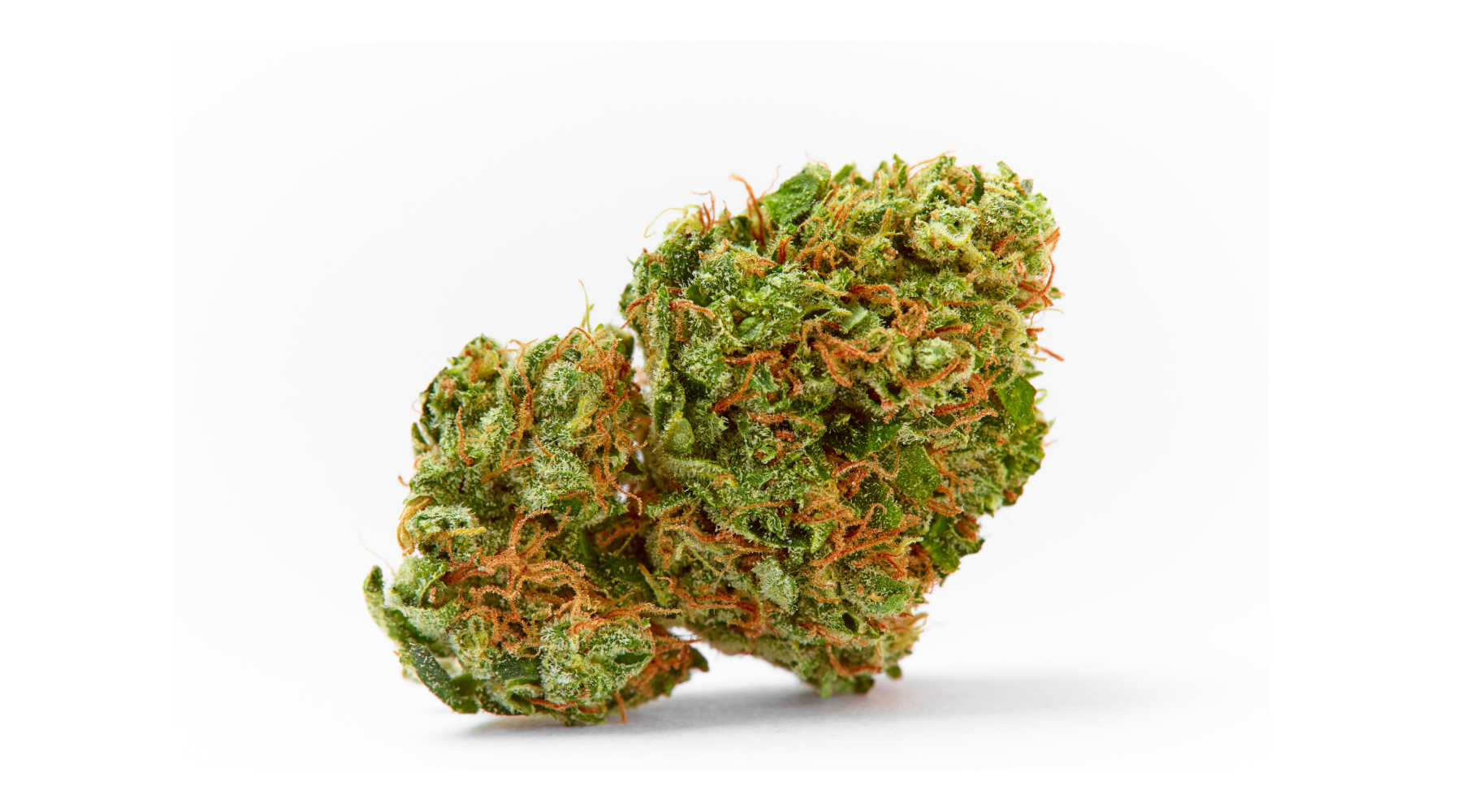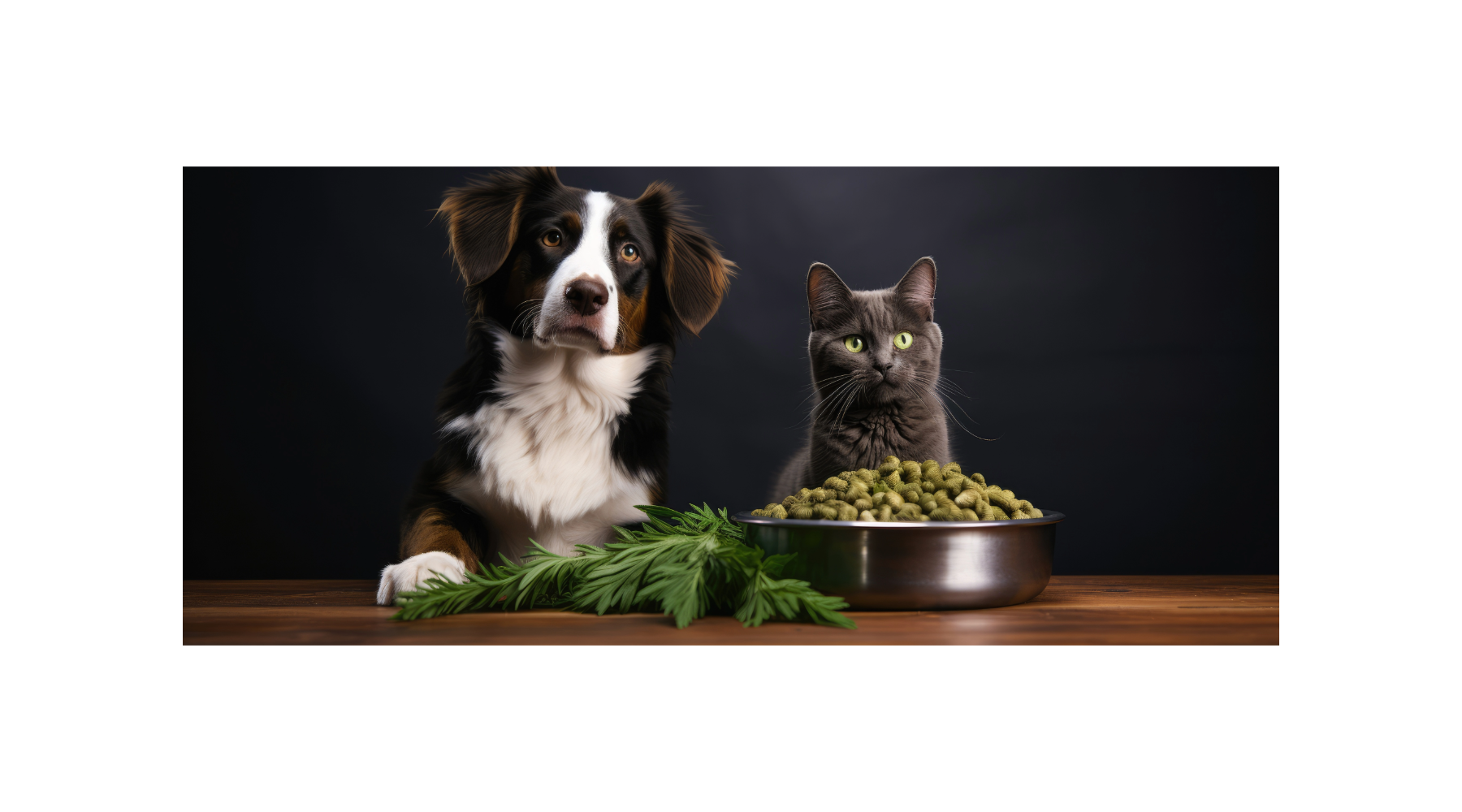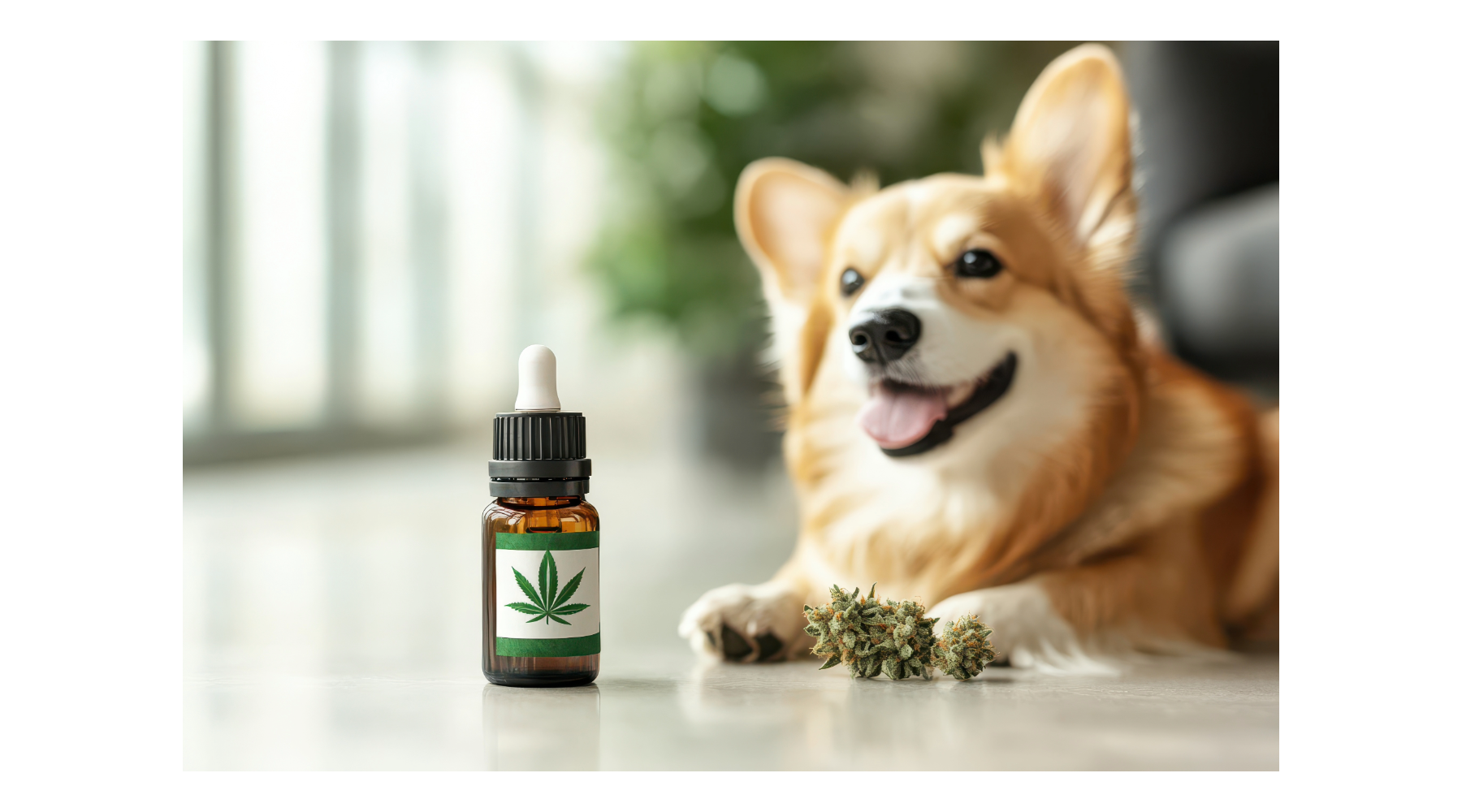Cannabis cultivation has evolved dramatically in recent years, with growers constantly seeking methods to enhance yield, potency, and appearance. However, one controversial method that has gained attention is the use of Plant Growth Regulators (PGRs). While PGRs can produce visually impressive cannabis flowers, their potential health risks make it crucial for consumers to recognize and avoid PGR-treated buds.
In this guide, we'll break down what PGRs are, how they impact cannabis plants, and key tips for identifying chemical-free, high-quality cannabis.
What Are Plant Growth Regulators (PGRs)?
Plant Growth Regulators are synthetic chemicals designed to control a plant’s growth, structure, and overall appearance. They are commonly used in agriculture to increase fruit size, promote uniform growth, and extend shelf life.
In cannabis cultivation, PGRs are often employed to:
✅ Increase bud density and size
✅ Boost yields by encouraging excessive growth
✅ Enhance the aesthetic appeal of flowers with tighter, rock-hard buds
While this may sound positive, PGR-treated cannabis often sacrifices flavor, aroma, and cannabinoid content — the qualities that define premium cannabis.
Common PGR Chemicals Used in Cannabis Cultivation
Some PGR chemicals are known to pose potential health risks. The most common ones used in cannabis cultivation include:
-
Paclobutrazol (PBZ)
- Inhibits plant elongation, creating dense, compact buds.
- Reduces the plant’s ability to produce natural cannabinoids and terpenes.
-
Daminozide (Alar)
- Commonly used in ornamental plants but has been flagged as a possible carcinogen.
- Known to reduce overall plant quality in cannabis.
-
Chlormequat Chloride
- Used to control plant height, resulting in dense growth patterns.
- While considered less toxic than PBZ or Daminozide, it is still discouraged for consumable crops.
Why Should You Avoid PGR-Treated Cannabis?
While PGR cannabis may appear visually appealing, it often comes at a cost to both quality and safety. Key concerns include:
⚠️ Lower Cannabinoid and Terpene Content: PGR-treated cannabis often lacks the rich flavors and potent effects associated with organic cannabis.
⚠️ Potential Health Risks: Some PGR chemicals are linked to respiratory issues, hormone disruption, and long-term health concerns.
⚠️ Harsh Smoke Experience: PGR buds can feel dry, harsh, and unpleasant when smoked.
How to Identify PGR Cannabis
Spotting chemically-treated cannabis can be tricky, but these tips will help:
1. Appearance
🔍 Excessively Dense Buds: PGR cannabis often appears unnaturally compact and heavy.
🔍 Lack of Visible Trichomes: Premium cannabis has a frosty, crystal-coated look. PGR-treated buds often lack this feature.
🔍 Unnatural Colors: Buds may appear unnaturally brownish or dull instead of vibrant green with orange pistils.
2. Aroma
👃 Weak or Absent Smell: High-quality cannabis should have a strong, distinct aroma. PGR-treated cannabis often smells muted or chemical-like.
3. Texture
🤲 Spongy or Extremely Hard Buds: While dense buds are common, PGR-treated cannabis may feel unnaturally firm or rock-like.
4. Smoke Quality
🚬 Harsh Smoke and Black Ash: PGR-treated cannabis may burn with a dark, sooty ash and produce a harsh taste.
How to Ensure You're Buying Clean Cannabis
Here are some tips to confidently select chemical-free cannabis:
✅ Source from Trusted Dispensaries: Reputable cannabis retailers are transparent about their growing practices.
✅ Ask for Lab Reports: Lab testing can reveal harmful chemicals and ensure product safety.
✅ Choose Organic or Naturally Grown Cannabis: Brands that prioritize organic growing methods are less likely to use harmful chemicals.
Conclusion
While PGRs can make cannabis buds look impressive, their negative impact on quality and potential health risks far outweigh the visual benefits. By learning to identify PGR-treated cannabis and choosing trusted sources, you can ensure a safer and more enjoyable experience.
Curious about how to optimize this post for better search rankings or expand on cannabis-related topics? Let me know, and I’d be happy to help! 😊
































